In Bangladesh, climate change is not all bad
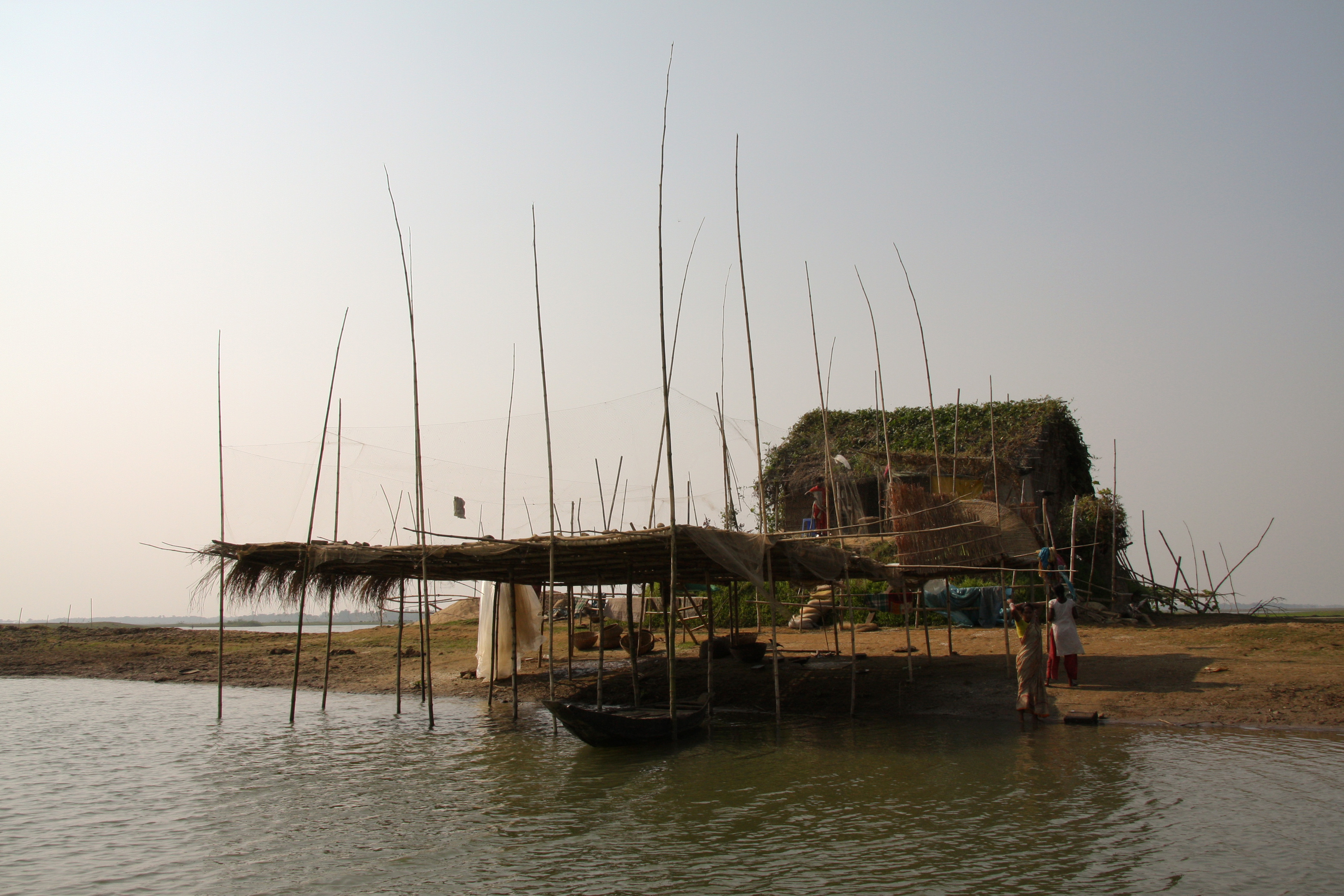
The predictable rhythm of Bangladesh’s six seasons has been sliced in half; everybody says there are now only three in some places, two in others.
The effects can be seen a 45-minute flight and two-hour drive north of the capital Dhaka, where a shorter monsoon and longer dry season have affected the crops people in Sunamganj district are growing.
The stories do not follow the doom-and-gloom narrative of rising water levels and washed-out villages. Overall, they like how things have turned out; there has been a bit less rain over the decade and more time to grow crops.
“Maybe this is the positive aspect of climate change,” said Moniruzzaman, regional coordinator with Intercooperation, a non-governmental organisation funded by the Swiss Agency for Development and Cooperation (SDC).
The people have also been proactive, using traditional techniques to protect against rising waters, making floating vegetable gardens and using solar panels.
In the village of Jotindropur, programmes supported by the SDC are bringing variety to the dinner table and market stall.
Instead of growing only rice, people are growing different varieties of rice, vegetables and sweet potatoes. They are also improving the quality of their drinking water and looking at new ways to earn money.
Rainfall is still a problem. Villagers spend one-third of their roughly 20,000-Taka (SFr300) annual income raising the ground under their villages and reinforcing it with chyla grass. Further out, coross and hazel trees protect against storm surges.
Villagers say the work and the expenses are necessary.
Reducing risk
They are trying to reduce their exposure to future disasters. It is a central element of Switzerland’s development strategy in Bangladesh, says Urs Herren, Bern’s ambassador to Dhaka and the SDC’s Bangladesh director.
“With our programme, we are smack-on on important issues – agricultural diversification and access of rural people to markets, skills development, improved local service delivery – which will remain relevant for at least the next ten years if not more,” Herren told swissinfo.ch.
The primary objective for the Swiss remains poverty reduction; many experts say that although climate change poses a challenge to people in developing countries, most face a host of more pressing problems.
In many cases, the effects of climate change exacerbate existing difficulties or exploit weaknesses. In Bangladesh, those weaknesses are geography and demography.
There are people everywhere, some in the northern hills, some living only a couple of metres above sea level, a stone’s throw from the water. Bangladesh has the highest rural population density in the world.
The director of one non-governmental organisation calls Bangladeshis “a nation of ants”. In nearly all places at any given time, cities, towns, country roads and paths teem with people coming and going, hustling and bustling on rickety buses, rickshaws, bicycles and on foot.
As villages expand, they push people out onto territory less suitable for growing food and more vulnerable to flooding. In Sunamganj, if they’re not on land, people are on, or in, the water.
After monsoon, boats of all sizes ply ribbons of rivers and canals and workers spend their days in waist-deep water, using buckets to scoop sand with into small wooden boats.
The cargo is transferred through a series of increasingly larger boats until it ends in the holds of rusty ships heading for brick factories around the country. Once the sand makes the factories, it bakes under dirty smokestacks.
Low carbon footprint
Bangladeshis are nevertheless responsible for some of the world’s lowest per capita carbon emissions. Chandergong, a village of 181 households, is hoping to keep it that way.
Some 21 families have each borrowed 1,200 Taka, around 45 Swiss francs, to put down deposits on rooftop solar panels and batteries. The renewable energy is cheaper, which allows them to make fish traps at night.
“Earlier, when they used diesel for lighting, the big household owner expended around 1,200 Taka per month,” says Ataur Rahman, a social development advisor with Intercooperation. “But now it’s 200 Taka.”
In another village, farmers are testing crops to see which will provide them with the best yields. A man is supplementing his income by vaccinating ducks against cholera. He vaccinates himself too.
In the village, they have funnelled runoff into a small pond and are raising catfish. They are trying to protect themselves against natural disasters but are unsure what the future will bring.
“It’s problematic to generalise,” says Herren of the perception that Bangladesh is just a waterlogged place. He says the incidence of drought can be equally problematic. Runoff from Himalayan glaciers and the saline content of groundwater in coastal belts pose threats too.
One of the problems confronting scientists and policymakers in Bangladesh is that although there are many stories about climate change, hard data are more difficult to come by.
Said Herren: “The message is basically that the effects of climate change will be complex, and different areas will be affected in different ways. And maybe some effects will balance each other out or mutually reinforce each other in ways we don’t fully know yet.”
Justin Häne in Sunamganj. Bangladesh, swissinfo.ch
This is the third of a three-part swissinfo.ch reportage on climate change in Bangladesh. While the world’s political elite debate climate policy in Copenhagen, we explore life on the ground in one of the world’s most vulnerable countries.
Bangladesh shares most of its border with India and a small section with Myanmar. The country’s population is more than 162 million.
The Muslim-majority country also has Hindu, Christian, Buddhist and animist minorities.
Bangladesh’s GDP per capita is around $520 but is growing. Poverty has been falling dramatically in the past decade.
The country is recognised as one of the most vulnerable to climate change in the world.
Urs Herren is Switzerland’s ambassador to Bangladesh and the director of the SDC’s country office.
He took up the four-year joint posting in August 2009. It is his first ambassadorship and first posting in Bangladesh.
Herren comes from a development background. He worked in and with former Soviet Union countries from 2002 to 2009. Previously, he was in Vietnam.
He joined the SDC in 1993 after heading development projects in Kenya and working as an independent consultant.
Herren is a social anthropologist. He received his PhD from Bern University in 1990.
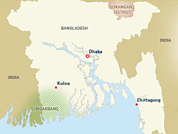

In compliance with the JTI standards
More: SWI swissinfo.ch certified by the Journalism Trust Initiative
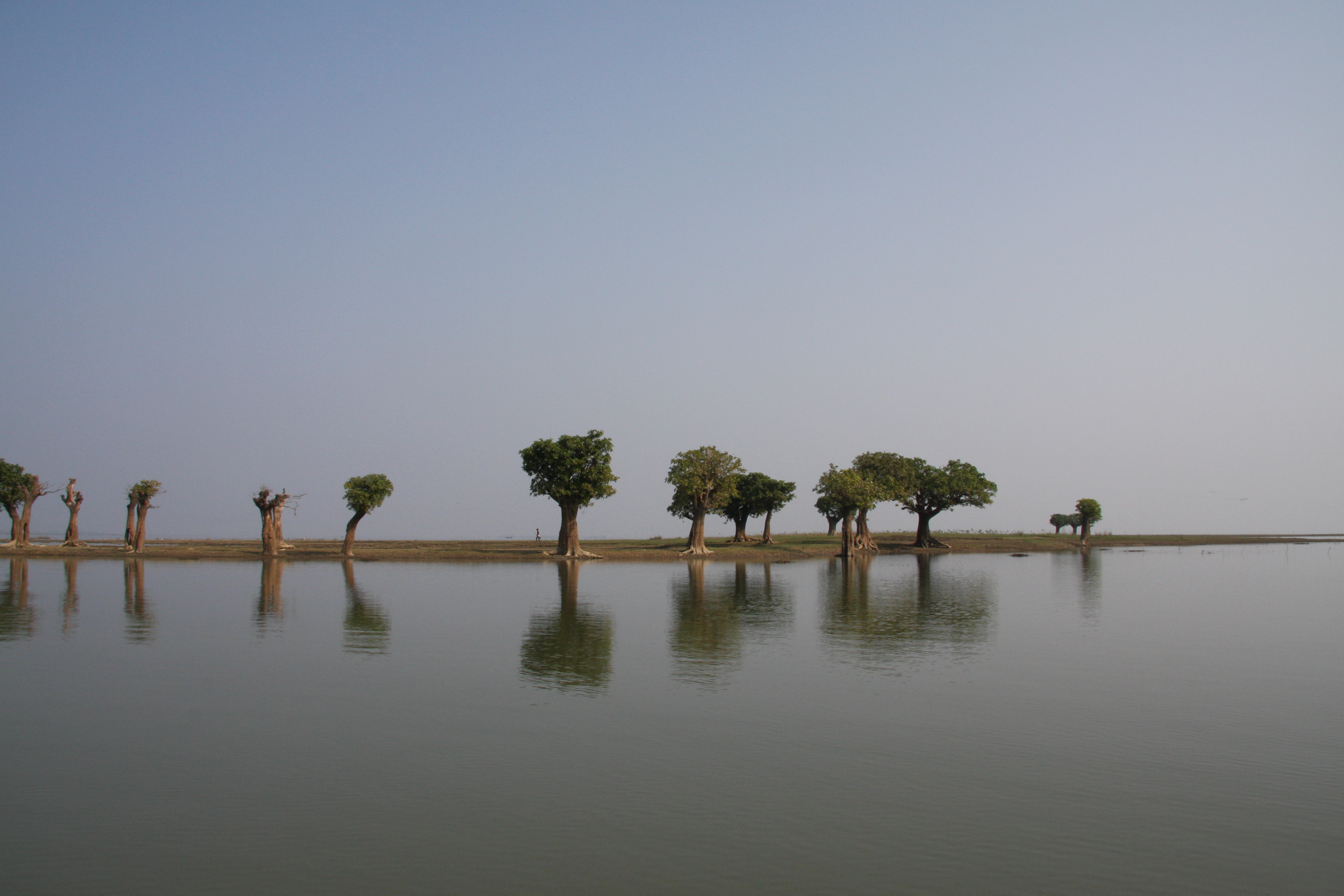
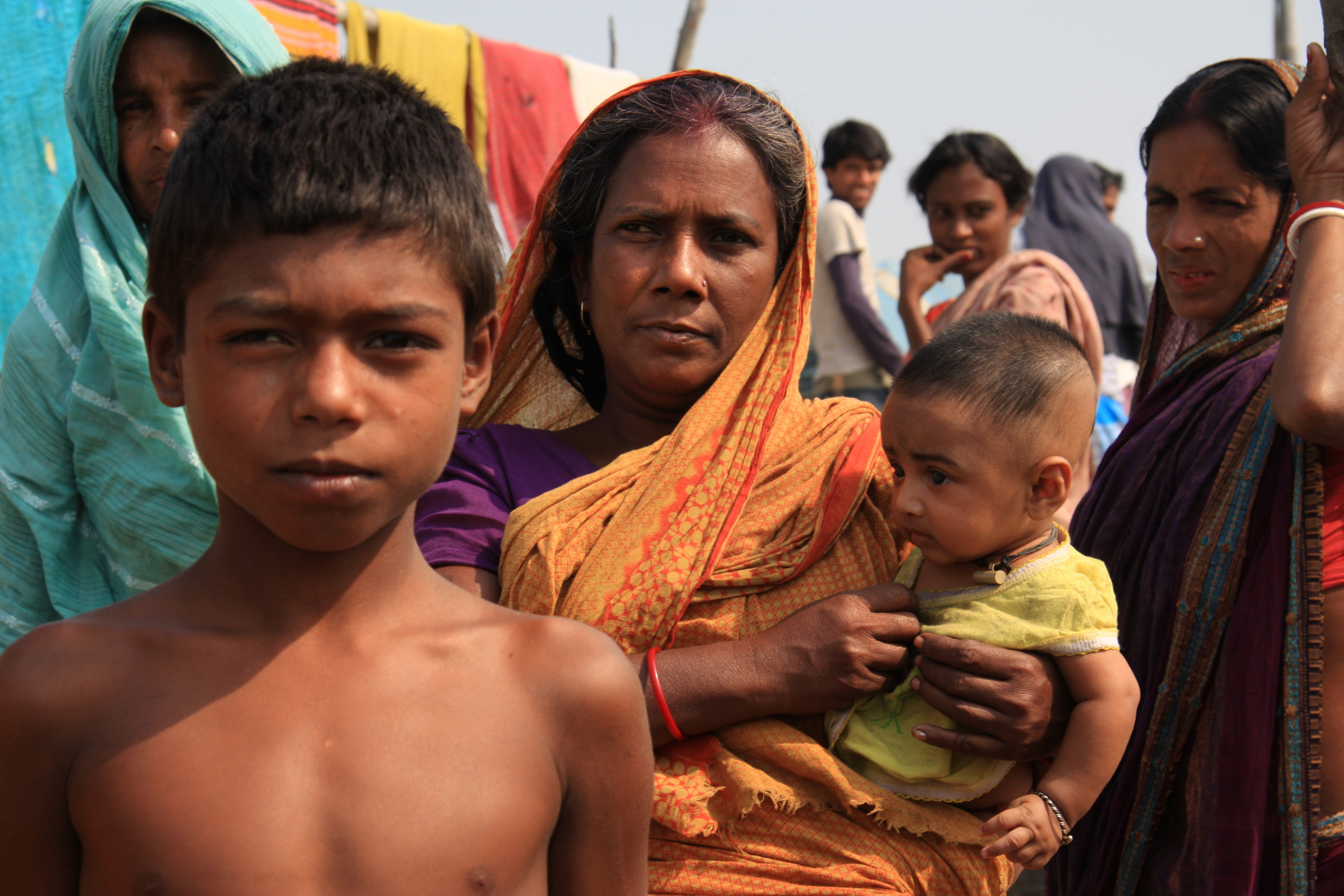
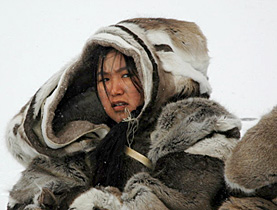
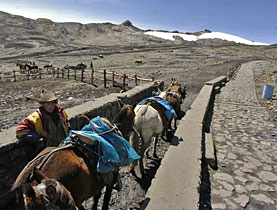
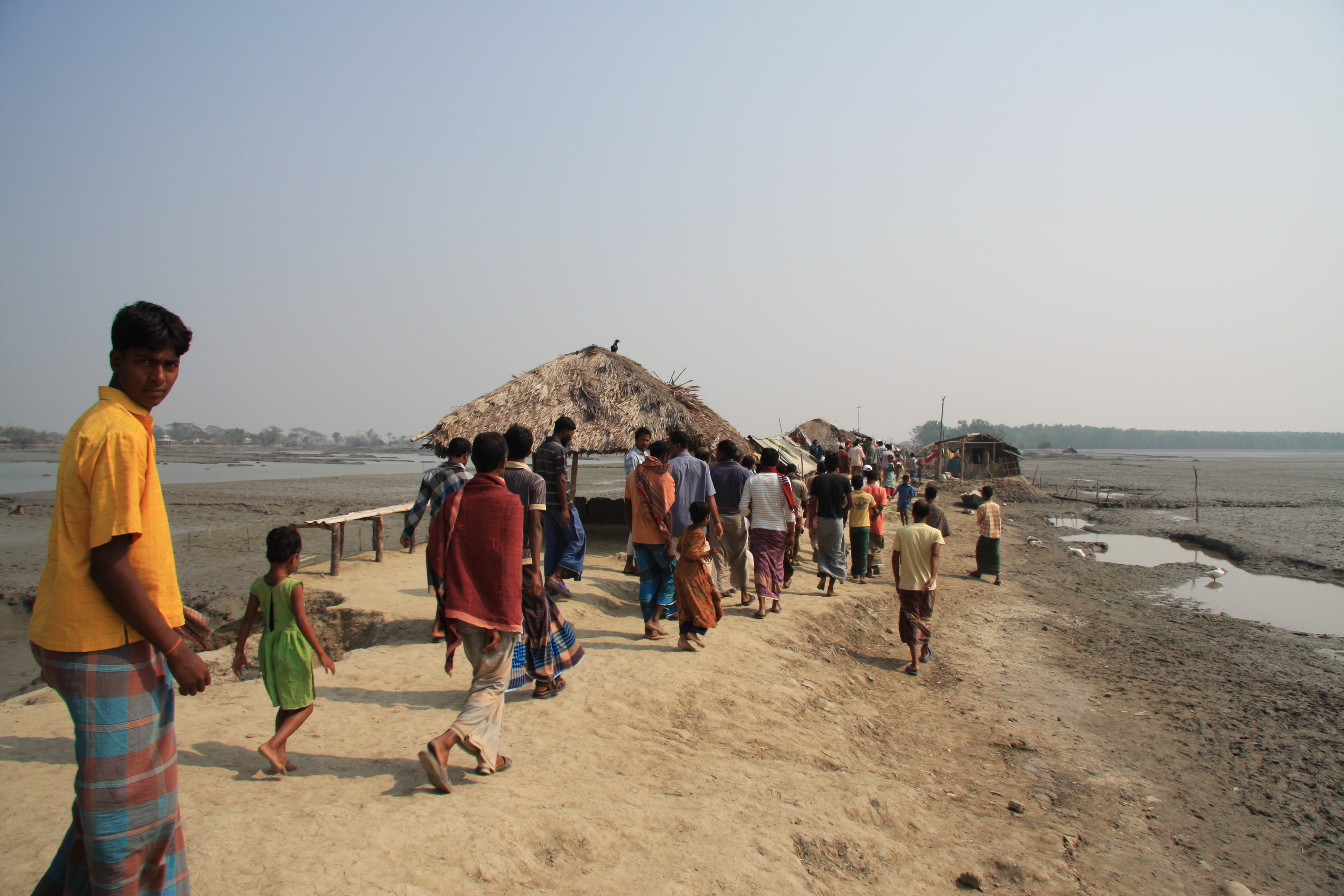
You can find an overview of ongoing debates with our journalists here. Please join us!
If you want to start a conversation about a topic raised in this article or want to report factual errors, email us at english@swissinfo.ch.